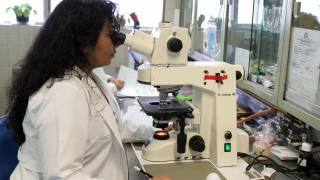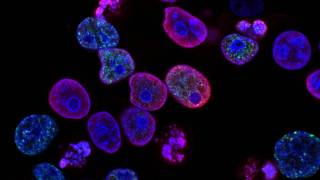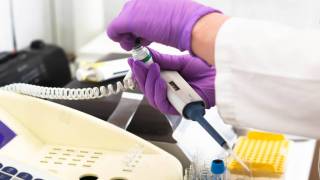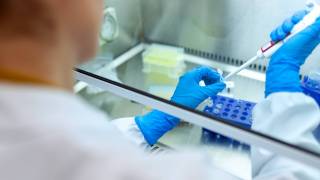HPV Vaccination Reduced Severe Dysplasia in Women

Young women who received the HPV vaccine showed a lower degree of dysplasia, which may lead to cervical cancer, reports a new study.
If a woman suffers from severe dysplasia, a tissue sample is taken. It can reveal precursor lesions to cervical cancer.
These researchers concluded… the HPV vaccine works!
To be precise, the risk was reduced by 40 percent.
This means fewer women would be referred to a gynecologist for further examination and have a tissue sample taken.
The new study is the first to examine the effect of the vaccine in the population at large, say Professor Elsebeth Lynge and Ph.D. student Lise Thamsborg, from the Department of Public Health, University of Copenhagen.
‘It is the first study in the world to test the Gardasil-4 vaccine on a population level.”
“The (Danish) childhood vaccination program, which includes the HPV vaccine, is targeted at the entire population. Therefore, it is important to look at the entire population and the effect of the vaccine after the first screening of women aged 23 years,’ says Professor Elsebeth Lynge, last author of the study in a press release.
The researchers discovered a significantly reduced risk of severe dysplasia in the 1993 birth cohort compared to the 1983 birth cohort.
‘This means that fewer women have to be referred to a gynecologist for further examination and have a tissue sample taken. Eventually, we also expect fewer to fall ill’, says Lise Thamsborg, first author of the study.
Each year in Denmark, around 370 new cases of cervical cancer are discovered and around 100 women die as a result of the disease. Each year around 6,000 women are treated for precursor lesions with a so-called conization.
In Denmark, the Gardasil-4 vaccine was used from 2009 to 2016 and is the vaccine given to the first birth cohort of girls born in 1993. From 2016 to the fall of 2017 the vaccine used was Cervarix.
During 2017, Gardasil-9, which protects against nine types of HPV of which the seven are responsible for up to 90 percent of all cases of cervical cancer, was included in the Danish vaccination program. All three vaccines protect against HPV 16 and HPV 18.
The next step for the researchers is to examine the tissue samples taken from women with dysplasia. The aim is to learn whether and, if so, how cases of mild and severe dysplasia, respectively, have developed.
This is the conclusion of a new study conducted by researchers at the University of Copenhagen, who have been the first to study the vaccine’s effect on the general population.
The study has been published in International Journal of Cancer. It is funded by Kirsten and Freddy Johansen’s Foundation. No conflicts of interest were disclosed.
Our Trust Standards: Medical Advisory Committee


























